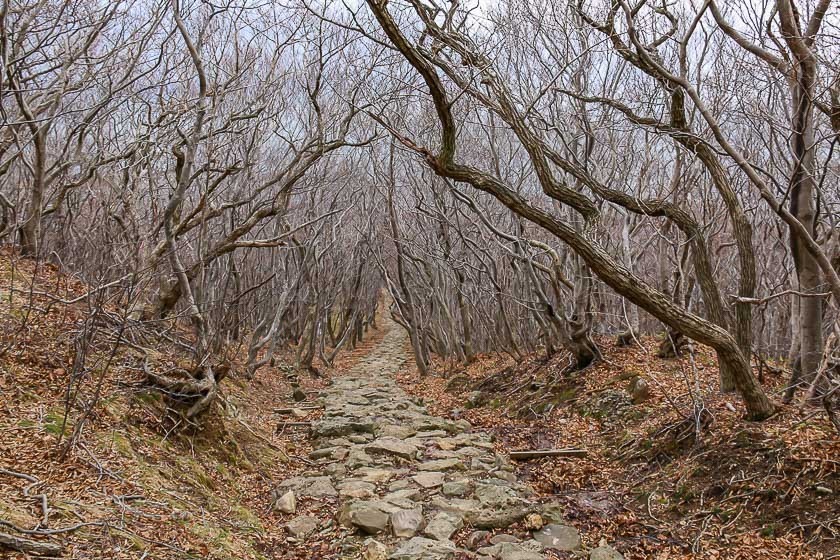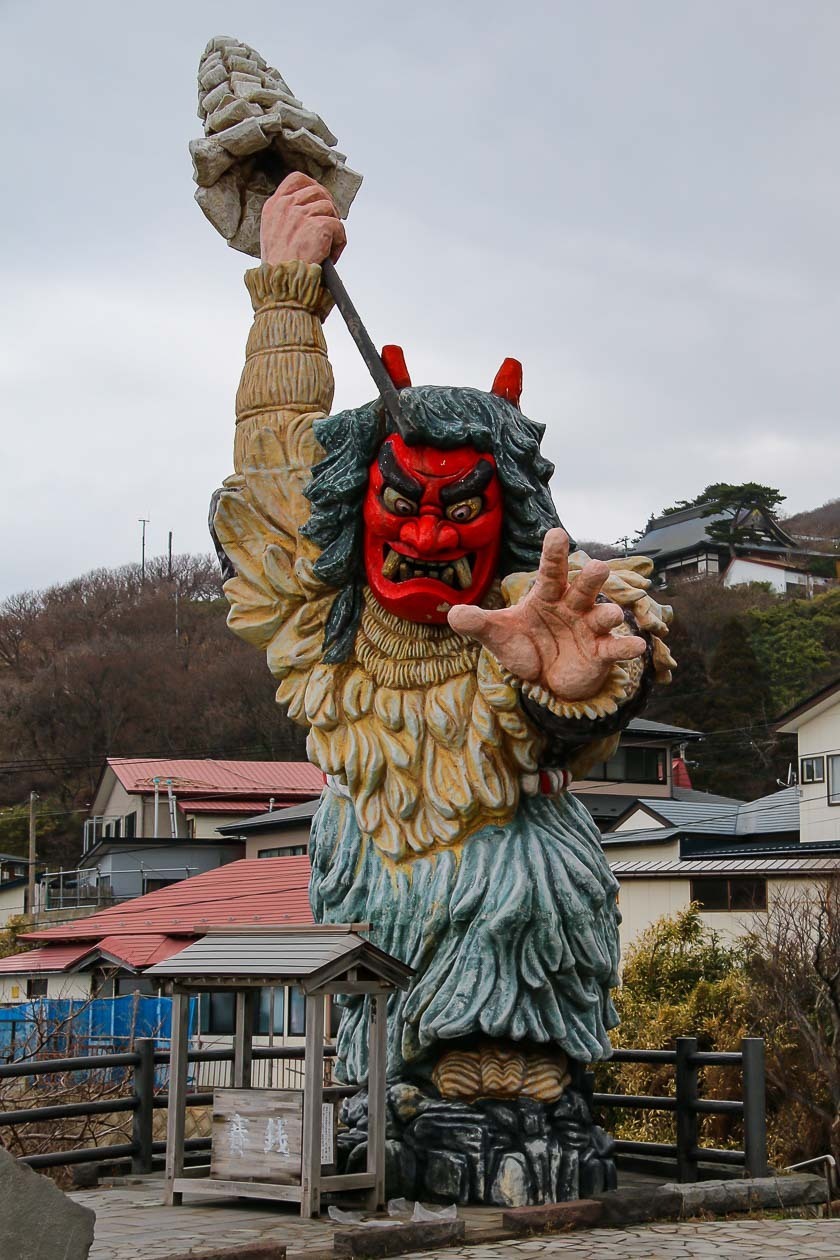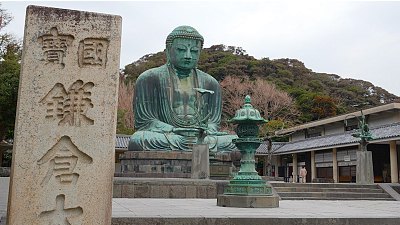The gods of Oga Peninsula

One of the most intriguing and perhaps scary monsters in Japanese folklore is the Namahage, who come from the Oga Peninsula in Akita Prefecture. Possessing a commanding presence, these gods have brightly colored masks with angry facial expressions don straw outer garments and wield sharp blades. The role of Namahage is to ensure that there are no idle members of the community, and everyone is pulling their fair share.
During the long and cold winter months, it is thought that lazy people spend long periods of time in front of the irori, an open fireplace commonly found in traditional Japanese homes, resulting in scorched hands and feet. This burnt skin became a sign of laziness, and the Namahage would threaten to scrape the burnt skin off as a form of punishment for being idle.
Traditionally, these scary monsters descend into the villages on the peninsula once a year on New Year's Eve. The purpose of their home visit is to take away bad fortune so that the good can enter, and most importantly, make sure that there are no lazy villagers. The latter is achieved by frightening children into promising to be good and hardworking or be carried away and have the skin of their hands and feet scrapped off with sharp tools. Accordingly, the root of the name Namahage comes from a local Japanese phrase, which means scrapping burnt skin off hands and feet.
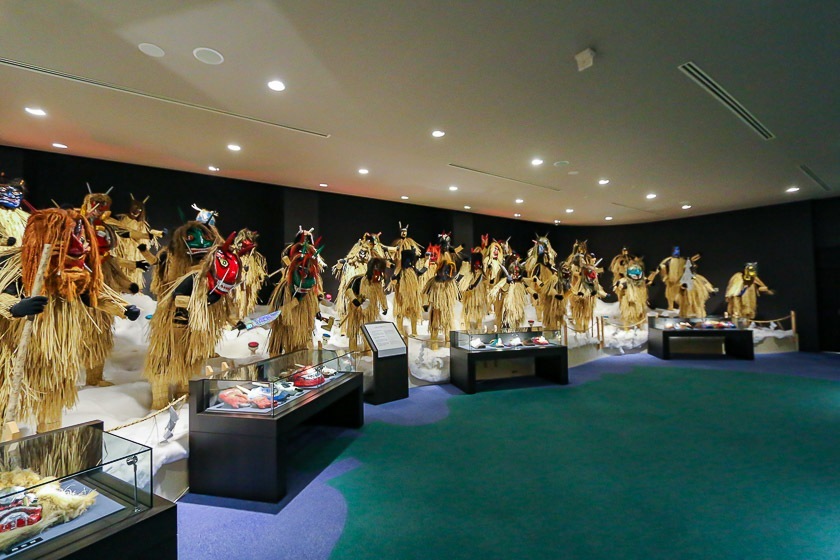
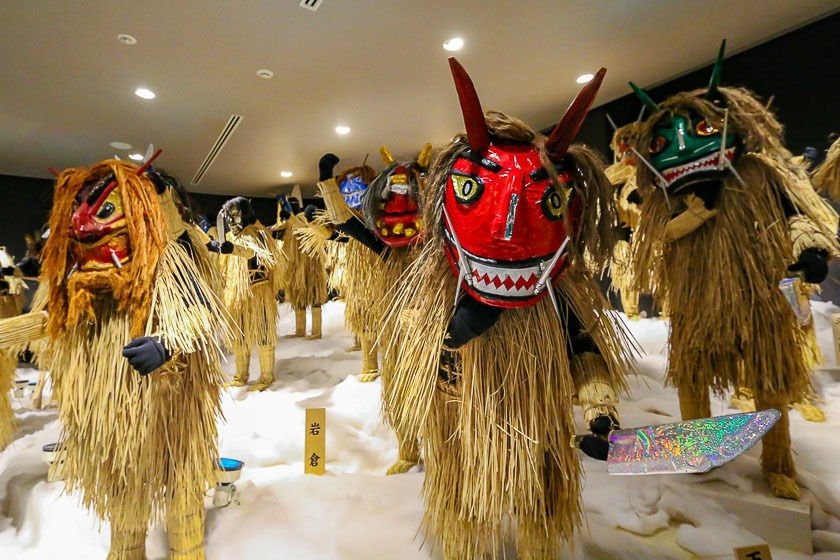

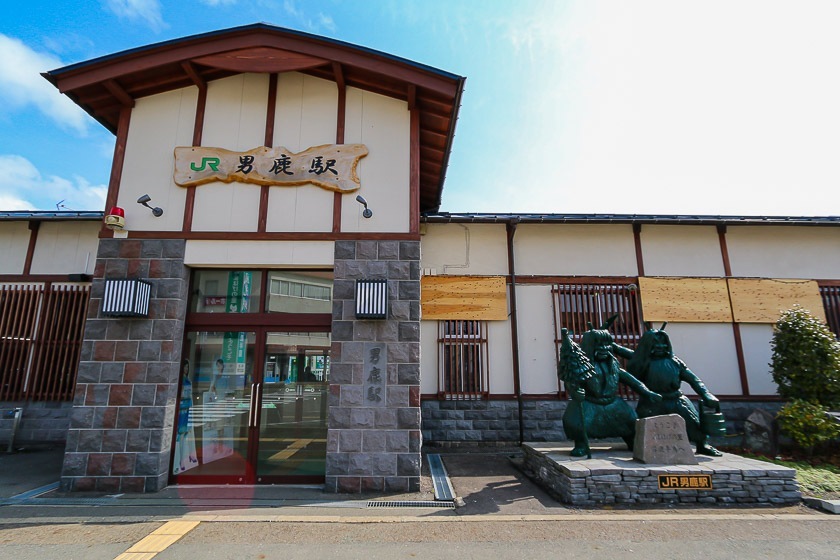
My first experience with the Namahage was extremely memorable, equal parts intriguing and intimidating. The best place to see Namahage is at the Namahage Museum in the Oga Peninsula. There are over 150 different Namahage masks currently in use, and a large percentage of them are displayed at the museum, which makes for an imposing exhibition. In addition to seeing the actual masks, visitors can watch recordings of Namahage home visits or dress up in Namahage clothes.
The Oga Shinzan Denshokan, which is beside the museum, is a traditional Japanese home where Namahage performances are held. These performances are reenactments of a New Year's Eve home visit, and attending one is especially recommended to get the full experience. Let's just say that it is common for children to leave the performance in tears :P


